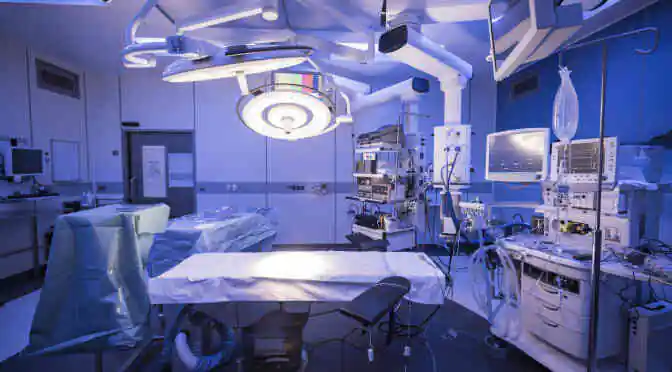Organizations like 23andMe are doing something pretty neat: Direct-to-customer hereditary testing for just $99.
According to the company’s website, their service allows users to, “view reports on over 100 health conditions and traits, find out about your inherited risk factors and how you might respond to certain medications discover your lineage and find DNA relatives”.
And they manage to grab all this information, not from full genome examinations, but from a halfway output of hereditary varieties known as SNPs.
The human genome contains more than 10 million SNPs, and 23andMe dissects only a couple of hundred thousand of these. But thanks to major advances in next-generation sequencing technology, we are that much closer to being able to sequence an individual’s full genome without breaking the bank.
Next-gen sequencing technology is aiming to make genomics accessible
Next-generation sequencing (NGS) technology is used to sequence millions of small fragments of DNA simultaneously. The technology enables rapid sequencing of large stretches of DNA base pairs spanning entire genomes with highly sophisticated instruments capable of producing hundreds of gigabytes of data in a single sequencing run.
New developments and innovations are coming thick and fast in the market, making next-generating sequencing the fastest growing segment in genomics, with a projected CAGR of 21.36% from 2014-2019.
Advances in tech are helping labs creep closer to the coveted $1,000 genome
The advances in technology in this field are significantly reducing expenses and increasing speeds, bringing us closer than ever to the $1,000 genome.
The $1,000 genome is a catchphrase that refers to the goal of being able to sequence an individual’s entire genome for just $1,000. This has been a benchmark for many genome sequencing companies since the early 2000’s, and industry leader Illumina reported that it was able to achieve it by launching its product that could accurately sequence whole human genomes.
The main feature of Illumina’s machine is it reads DNA sequences by analyzing patterns of fluorescent nucleotides, and this criterion has allowed the costs of sequencing a genome to come down. The $1,000 mark is frequently seen as a base to make the entire genome sequencing affordable for medicinal testing and customized prescriptions; a cornerstone of personalized medicine.
But despite their success, Illumina’s new machines will be outside the scope of most labs. The ultrahigh-throughput sequencers will be sold in frameworks of no less than 10 machines each, at a starting cost of $10 million- a pricetag that indicates the market is still wide open for competition from other vendors to develop inexpensive gene sequencing technology.



